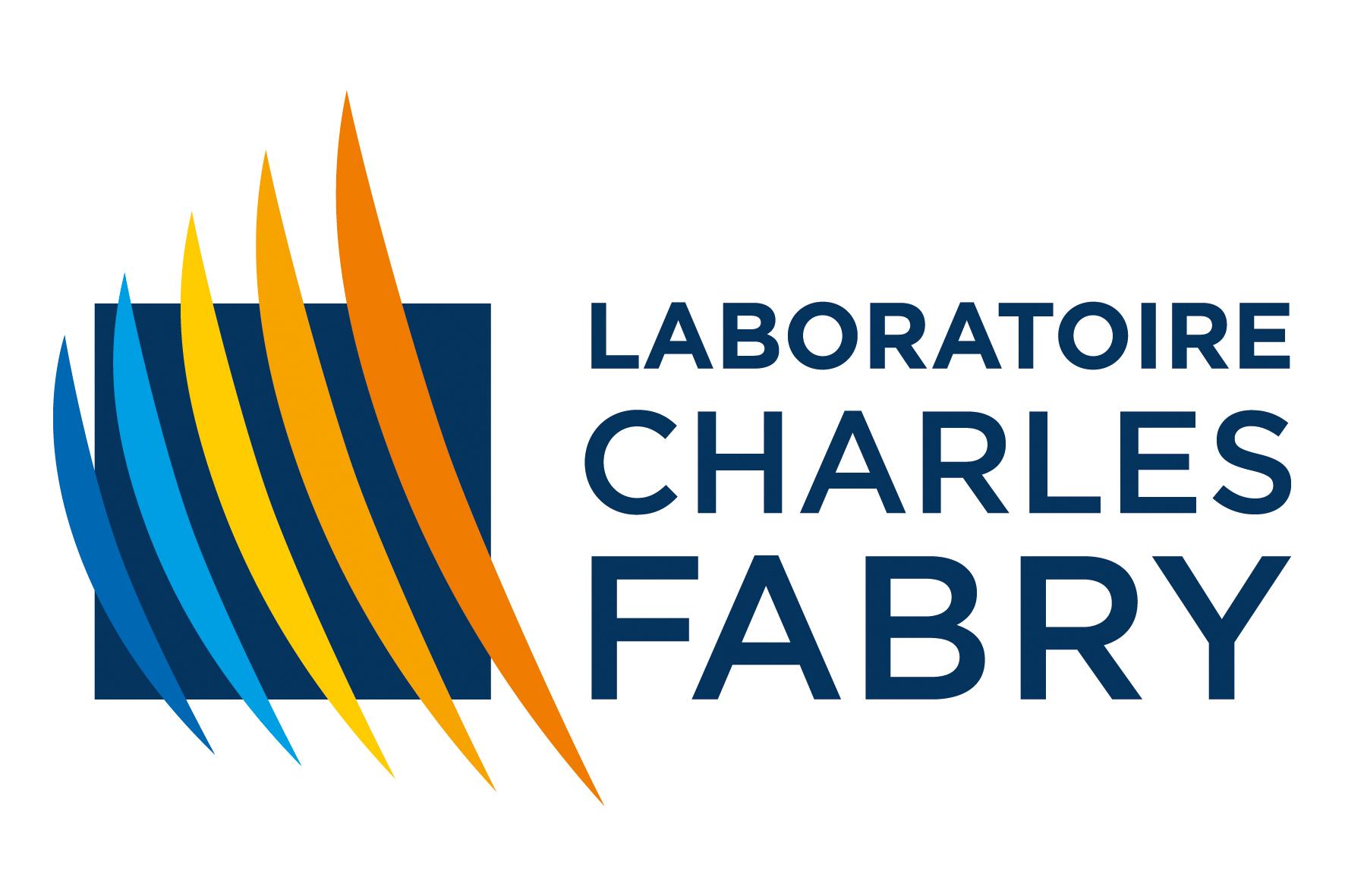Extreme-ultraviolet fine structure and variability associated with coronal rain revealed by Solar Orbiter/EUI HRIEUV and SPICE
Résumé
Context. Coronal rain is the most dramatic cooling phenomenon of the solar corona. Recent observations in the visible and UV spectrum have shown that coronal rain is a pervasive phenomenon in active regions. Its strong link with coronal heating through the thermal non-equilibrium (TNE) - thermal instability (TI) scenario makes it an essential diagnostic tool for the heating properties. Another puzzling feature of the solar corona in addition to the heating is its filamentary structure and variability, particularly in the extreme UV (EUV).
Aims: We aim to identify observable features of the TNE-TI scenario underlying coronal rain at small and large spatial scales to understand the role it plays in the solar corona.
Methods: We used EUV datasets at an unprecedented spatial resolution of ≈240 km from the High Resolution Imager (HRI) in the EUV (HRIEUV) of the Extreme Ultraviolet Imager (EUI) and SPICE on board Solar Orbiter from the perihelion in March and April 2022.
Results: EUV absorption features produced by coronal rain are detected at scales as small as 260 km. As the rain falls, heating and compression is produced immediately downstream, leading to a small EUV brightening that accompanies the fall and produces a fireball phenomenon in the solar corona. Just prior to impact, a flash-like EUV brightening downstream of the rain, lasting a few minutes, is observed for the fastest events. For the first time, we detect the atmospheric response to the impact of the rain on the chromosphere, and it consists of upward-propagating rebound shocks and flows that partly reheat the loop. The observed widths of the rain clumps are 500 ± 200 km. They exhibit a broad velocity distribution of 10 − 150 km s−1and peak below 50 km s−1. Coronal strands of similar widths are observed along the same loops. They are co-spatial with cool filamentary structure seen with SPICE, which we interpret as the condensation corona transition region. Prior to the appearance of the rain, sequential loop brightenings are detected in gradually cooler lines from coronal to chromospheric temperatures. This matches the expected cooling. Despite the large rain showers, most cannot be detected in AIA 171 in quadrature, indicating that line-of-sight effects play a major role in the visibility of coronal rain. The AIA 304 and SPICE observations still reveal that only a small fraction of the rain can be captured by HRIEUV.
Conclusions: Coronal rain generates EUV structure and variability over a wide range of scales, from coronal loops to the smallest resolvable scales. This establishes the major role that TNE-TI plays in the observed EUV morphology and variability of the corona.
Aims: We aim to identify observable features of the TNE-TI scenario underlying coronal rain at small and large spatial scales to understand the role it plays in the solar corona.
Methods: We used EUV datasets at an unprecedented spatial resolution of ≈240 km from the High Resolution Imager (HRI) in the EUV (HRIEUV) of the Extreme Ultraviolet Imager (EUI) and SPICE on board Solar Orbiter from the perihelion in March and April 2022.
Results: EUV absorption features produced by coronal rain are detected at scales as small as 260 km. As the rain falls, heating and compression is produced immediately downstream, leading to a small EUV brightening that accompanies the fall and produces a fireball phenomenon in the solar corona. Just prior to impact, a flash-like EUV brightening downstream of the rain, lasting a few minutes, is observed for the fastest events. For the first time, we detect the atmospheric response to the impact of the rain on the chromosphere, and it consists of upward-propagating rebound shocks and flows that partly reheat the loop. The observed widths of the rain clumps are 500 ± 200 km. They exhibit a broad velocity distribution of 10 − 150 km s−1and peak below 50 km s−1. Coronal strands of similar widths are observed along the same loops. They are co-spatial with cool filamentary structure seen with SPICE, which we interpret as the condensation corona transition region. Prior to the appearance of the rain, sequential loop brightenings are detected in gradually cooler lines from coronal to chromospheric temperatures. This matches the expected cooling. Despite the large rain showers, most cannot be detected in AIA 171 in quadrature, indicating that line-of-sight effects play a major role in the visibility of coronal rain. The AIA 304 and SPICE observations still reveal that only a small fraction of the rain can be captured by HRIEUV.
Conclusions: Coronal rain generates EUV structure and variability over a wide range of scales, from coronal loops to the smallest resolvable scales. This establishes the major role that TNE-TI plays in the observed EUV morphology and variability of the corona.
| Origine | Fichiers éditeurs autorisés sur une archive ouverte |
|---|





